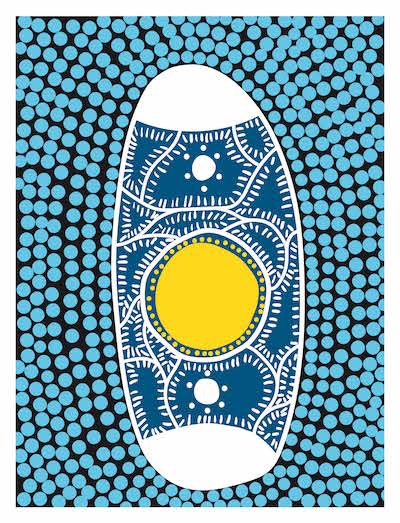On Friday, 2 September our Years 11 and 12 Senior Geography students embarked on their field trip to North Narrabeen Coastal Environment Centre (CEC).
The day was heavily centred around the Preliminary course topic Biophysical Interactions, looking at Coastal Sediment Budgets and Dune Succession, as well as the HSC topic Ecosystems at Risk, in particular the beach itself, the Lagoon and Dune systems. A further key syllabus point for these courses is the management strategies that can aid in the ecological sustainability of this environment.
Upon arrival at the CEC, Tim, one of the qualified educators, provided Waverley students with an innovative presentation. Tim discussed the local landscape, its history and the issues being faced due to natural beach movement, urban development and storms such as East Coast Lows.
Students learned about Narrabeen’s geographical structure, and how it makes it significantly susceptible to coastal erosion. This was highlighted by watching a short time lapse video of the annual changes the beach, dunes and lagoon endure.
The most vulnerable Australian coastlines are those that are made up of unconsolidated sediments, such as beaches, dunes and sand cliffs; areas that experience erosion and longshore drift. Narrabeen on the Northern Beaches has seen its fair share of storms, also known to geographers as East Coast Lows. In 2016 and again in 2020, the beach profile was extremely impacted with approximately 25 metres of the beach being swept away due to storms, abnormal high tides and strong winds.
Students were shown the following timelapse video of the 2016 East Coast Low and its impacts on a set of 10 residential buildings:
>>> Click here to view the video Narrabeen Coastal Imaging Timelapse June 2016.
Students then embarked on a bushwalk to Narrabeen Headland (a high vantage lookout area), to visualise Narrabeen’s topography and to utilise their field sketching skills. A walk along the beach followed, where each student used geographical instruments to obtain primary data at regular intervals across the dune transect. A pod of dolphins joined in on the action, happily playing not far from the shore.
The day ended with a visit to South Collaroy, the location of two enormous sea walls designed to mitigate any future impacts of East Coast Lows. The seawalls consist of a Vertical Sea Wall and an angled rock wall called a Rock Revetment. Students were surprised to learn that 80% of the money required to build these walls came from local residents, with the remaining 20% being paid equally by the Local and the State Governments.
I was particularly impressed by the students’ enthusiasm to learn and participate. Undoubtedly, this experience will be of great benefit in preparation of their upcoming exams. Lastly, a special thanks is extended to Mr Brad Thompson for being our designated driver on the day.
Ms Rebecca Sutcliffe
Stage 6 Geography Teacher
E: rsutcliffe@waverley.nsw.edu.au








